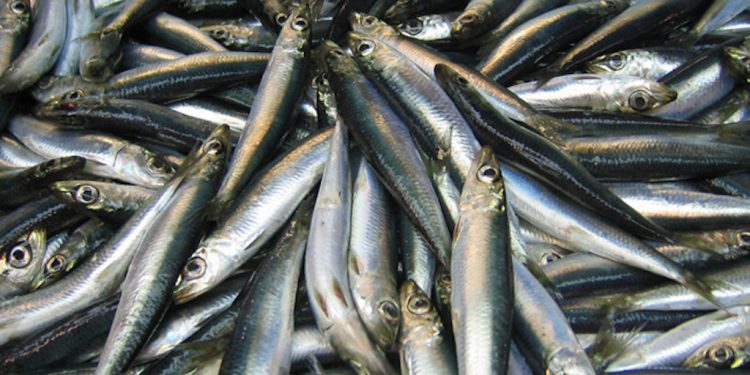With the southern Gulf of St. Lawrence fall herring stock judged to be in the cautious zone, Canada’s Minister of Fisheries, Oceans and the Canadian Coast Guard Joyce Murray has taken the decision to cut this season’s TAC to 10,000 tonnes.
The TAC has been 12,000 tonnes since 2020 and the reduction is intended to reduce pressure on the stock – while recognising the needs of communities and harvesters who depend on this fishery for jobs and bait.
According to Fisheries and Oceans Canada, the fall herring fishery provides employment for more than a thousand people in rural New Brunswick, Nova Scotia, Prince Edward Island and Quebec, but with the number of spawning adults declining, and recruitment at the lowest level ever observed, stronger management actions are needed to help the stock mature, reproduce and rebuild for the benefit of rural coastal communities.
‘The southern Gulf of St. Lawrence fall herring stock has been in decline for more than a decade, further action is required to protect this stock, so harvesters can continue fishing it in the near and distant future,’ Joyce Murray said.
‘By reducing fishing pressure and getting a head start on a rebuilding plan, we are giving more spawning fish the best chance to continue growing and reproducing, which I expect will lead to positive changes.’
Fisheries and Oceans Canada (DFO) states that it will begin consultations with harvesters, Indigenous communities and others to responsibly rebuild this stock to the healthy zone over time, including consideration of how seal predation affects this stock.









